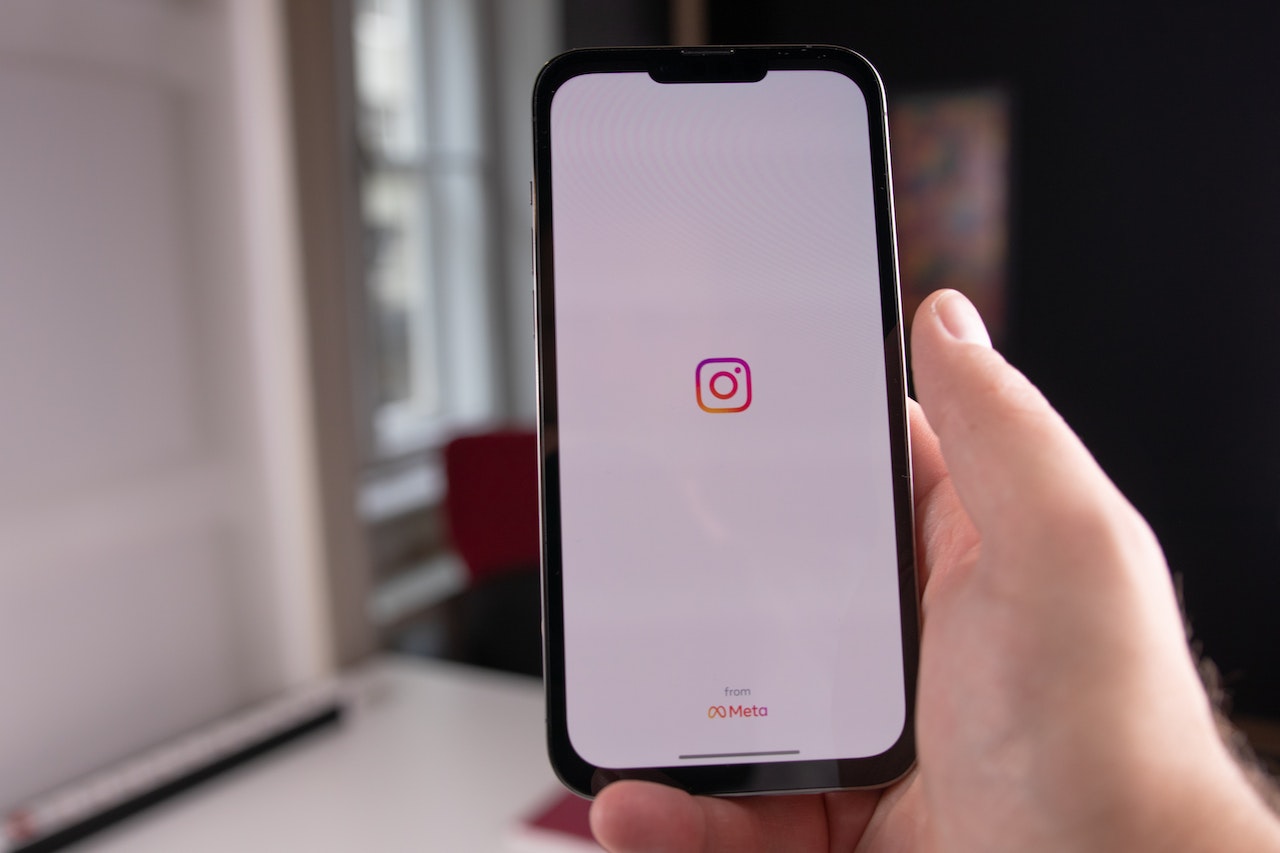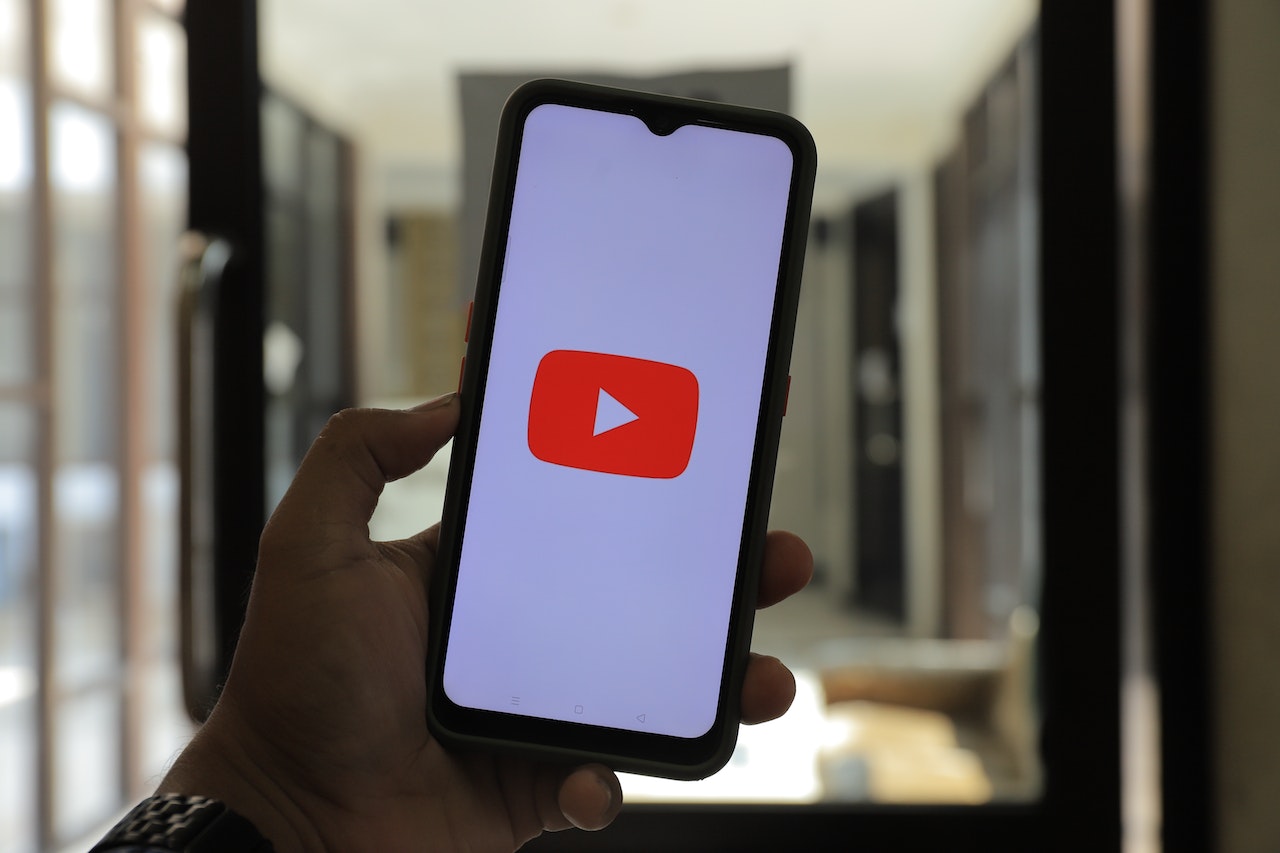Introduction: Youtube VS Instagram Influencer
In the world of influencer marketing, YouTube and Instagram have emerged as two of the most popular platforms for brands to collaborate with influencers. While both platforms offer a wide range of benefits, they differ in many ways, making it important for brands to understand which platform would be better suited for their marketing needs.

Differences between youtube and instagram
YouTube is a video-sharing platform that has been around since 2005. It has over 2 billion active users and is the second most popular website in the world, after Google. YouTube influencers create video content around a wide range of topics, including beauty, fashion, gaming, lifestyle, and more. Instagram, on the other hand, is a photo and video-sharing app that was launched in 2010. It has over 1 billion active users and is one of the most popular social media platforms in the world. Instagram influencers create content in the form of photos, videos, and stories, which can be shared with their followers.
One of the biggest differences between YouTube and Instagram influencers is the type of content they create. YouTube influencers tend to create longer-form video content, which allows them to go into more detail about a particular topic. This can be particularly useful for brands that want to showcase a product or service in a more in-depth way. Instagram influencers, on the other hand, tend to create shorter-form content, such as photos and stories, which are ideal for showcasing a product or service in a more visually appealing way.
Another key difference between YouTube and Instagram influencers is their audience demographics. YouTube has a more diverse audience, with users ranging from teenagers to seniors. Instagram, on the other hand, has a younger audience, with the majority of its users being under the age of 35. This can be important for brands to consider when deciding which platform to use for their influencer marketing campaigns. If a brand is targeting a younger audience, then Instagram may be the better option, while if they are targeting a more diverse audience, then YouTube may be more suitable.
Engagement
In terms of engagement, both YouTube and Instagram have their strengths and weaknesses. YouTube tends to have a higher engagement rate, with viewers spending an average of 40 minutes per session on the platform. This is because YouTube videos tend to be longer and more immersive, which keeps viewers engaged for longer periods of time. Instagram, on the other hand, has a lower engagement rate, with users spending an average of 20 minutes per session on the app. However, Instagram has a higher engagement rate per post, with users liking and commenting on photos and videos more frequently than they do on YouTube.
Measuring the success of an influencer marketing campaign
When it comes to measuring the success of an influencer marketing campaign, both YouTube and Instagram offer a range of metrics to track. YouTube offers metrics such as views, watch time, and engagement rate, while Instagram offers metrics such as likes, comments, and shares. However, measuring the success of an influencer marketing campaign on Instagram can be more challenging, as the platform does not currently offer a way to track sales or conversions directly. This means that brands may need to rely on other metrics, such as website traffic or brand awareness, to measure the success of their campaigns on Instagram.
Cost
In terms of cost, YouTube and Instagram influencers can vary greatly in terms of their pricing. YouTube influencers tend to charge more for their services, as creating high-quality video content can be time-consuming and expensive. Instagram influencers, on the other hand, tend to charge less, as creating content for the platform is generally less time-consuming and less expensive. However, the cost of an influencer will ultimately depend on their reach, engagement rate, and the type of content they create.
Conclusion Youtube VS Instagram Influencer
In conclusion, both YouTube and Instagram offer unique benefits for brands looking to collaborate with influencers. While YouTube is better suited for longer-form video content and reaching a more diverse audience.

Unlock your online potential with the 5-day Boost Your Followers Challenge. Learn proven strategies to master social media and online influence in just 5 days!

